The signal of sustainable fashion
Natural products and materials such as fabrics and hemp fibers, silk... created by craftsmen and artisans in villages such as San Seo Ty (Ha Giang), Nam Cao (Thai Binh), My Duc ( Hanoi )... are the foundation for many sustainable fashion brands today such as Hemp Oi, La Pham, Ma Chau or designers such as Le Thanh Hoa, Vu Viet Ha, Cao Minh Tien, Pham Ngoc Anh...
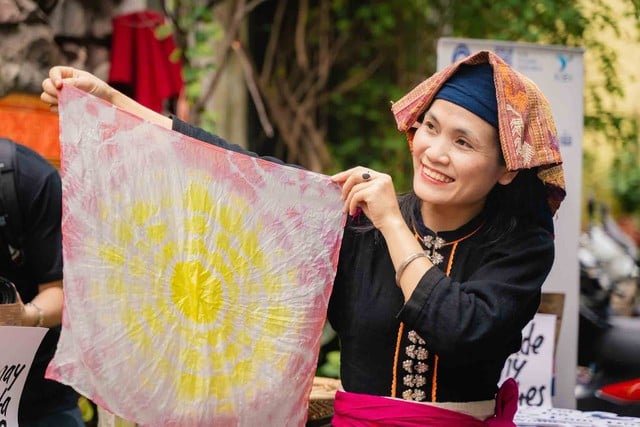
Artisan Sam Thi Tinh (Thai ethnic group, Quy Chau district, Nghe An ) is a familiar partner of designers Pham Ngoc Anh, Phan Dang Hoang...
PHOTO: LA PHAM
Cooperating with skilled workers and artisans in craft villages from weaving, dyeing, hand embroidery to brocade making to produce unique fashion products with strong cultural identity is a trend being pursued by manufacturers and designers.
Designer Pham Ngoc Anh shared: "Previously, ethnic handicraft products were only for the community or a small number of tourists coming to the locality. Now, through cooperation with designers, the products have reached a wider market, both domestically and internationally. Many artists, businessmen, and celebrities choose ethnic fashion products as a way to express their aesthetic taste and respect for traditional culture. This is a positive signal for a sustainable fashion industry."
Hemp Oi, the brand of 9x female CEO Tran Phuong Thao, uses natural materials from fabric and hemp fibers combined with traditional weaving techniques of San Seo Ty villagers (Ha Giang), to create minimalist but unique fashion products, highly applicable and imbued with indigenous cultural values. Hemp Oi's designs are very popular with both domestic and international customers.
To facilitate the work, Tran Phuong Thao and her colleagues have linked up with a group of local workers, working together to preserve and develop the traditional weaving craft, while improving the income and living standards of the people. The group is currently gradually building a stable production model, moving towards establishing a cooperative, and preparing to complete a community living space - a place to work, train and organize cultural activities - as part of a sustainable development strategy associated with the local community.
Sharing with Thanh Nien , the owner of the Hemp Oi brand said: "In recent years, the demand for handmade, sustainable and culturally-identified products has increased - especially in international markets such as Europe, Japan or the US. Modern consumers not only look for beauty but also care about the story behind each product: who made it, how it was made, whether it is environmentally friendly and respects human values or not... Therefore, we believe that products made from handmade hemp fibers of the H'Mong people - with a natural, chemical-free production process, and profound cultural values - have the potential to develop strongly in the future. Not just a product, this is also a bridge for the world to know a part of the quintessence of Vietnamese culture through the hands of highland craftsmen".
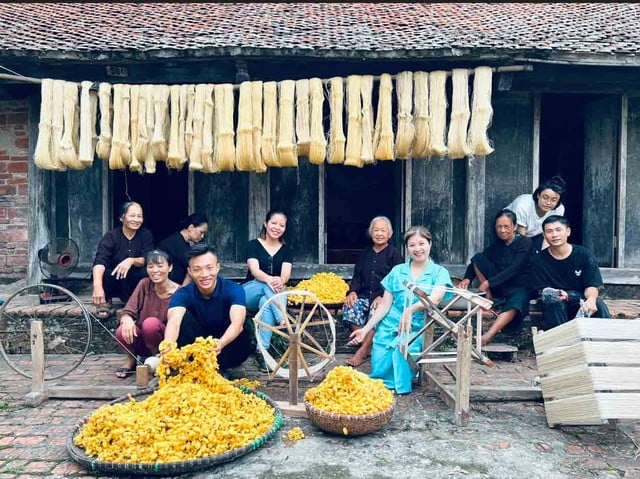
The Hanh Silk brand is considered to have successfully restored the linen weaving craft village in Thai Binh, which had been lost.
PHOTO: HANH SILK
Another typical example is Hanh Silk of entrepreneur Luong Thanh Hanh in Thai Binh. The brand not only revives the linen weaving craft but also builds its own raw material areas, guides people to switch to organic farming and reduce the use of industrial dyes. The goal is sustainable production, meeting export standards.
In Quang Nam, CEO Tran Yen (Ma Chau silk) returned to her hometown to realize her dream of building a green fashion cooperative model. She is currently collaborating with designers such as Le Thanh Hoa, Huy Vo, Ngo Nhat Huy... to restore lost patterns, motifs, and ancient silk lines, produce natural textile fibers, and plant dyes to create materials and products with green value chains, good for life and the environment. The efforts of this female CEO, also from the 9x generation, have been rewarded. In a short time, Ma Chau silk has revived and is gradually reaching the US, France, and Australia markets through the collections of many designers.
When customers value the story behind the product
Designers with green, sustainable materials provide for demanding customers; people with stable incomes, recognized traditional craft values; consumers have the right to choose products that serve a friendly and responsible lifestyle. "If there is an effectively operating cooperative system and a methodical support policy, hundreds of traditional craft villages and talented designers across the country will not only survive but will develop strongly with the modern fashion industry," CEO Tran Yen affirmed.
Designer Pham Ngoc Anh commented: "Sustainable fashion cannot come from one side. Designers must return to their villages, understand the craft and develop with the people. I choose designs that are few but have depth. When customers appreciate the story behind the product, they buy based on understanding, not short-term trends." CEO Phuong Thao added: "The product is not only beautiful but also has a soul. To do that, there needs to be a sustainable supply chain starting with the fabric maker. That is why green cooperatives were formed."
The cooperation model between designers and craft villages is not only a sustainable development solution, but also a way to preserve cultural identity and promote the local economy in a harmonious and humane way.
Source: https://thanhnien.vn/cu-bat-tay-giua-thoi-trang-va-lang-nghe-185250511213117544.htm




![[Photo] Prime Minister Pham Minh Chinh and Prime Minister of the Kingdom of Thailand Paetongtarn Shinawatra attend the Vietnam-Thailand Business Forum 2025](https://vphoto.vietnam.vn/thumb/1200x675/vietnam/resource/IMAGE/2025/5/16/1cdfce54d25c48a68ae6fb9204f2171a)





![[Photo] Many people and tourists come to the photo exhibition "Bright Name of the Person"](https://vphoto.vietnam.vn/thumb/402x226/vietnam/resource/IMAGE/2025/5/16/de2c8ad0828f4883bbdeb4f84a074a05)

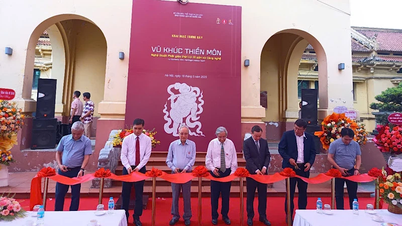
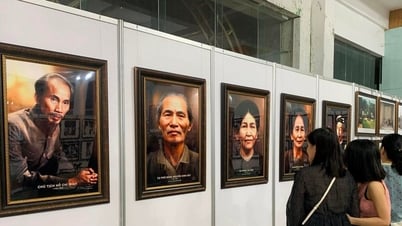










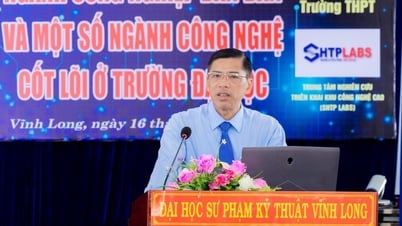


![[Photo] President Luong Cuong receives Prime Minister of the Kingdom of Thailand Paetongtarn Shinawatra](https://vphoto.vietnam.vn/thumb/1200x675/vietnam/resource/IMAGE/2025/5/16/52c73b27198a4e12bd6a903d1c218846)














































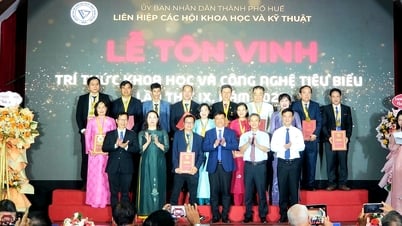

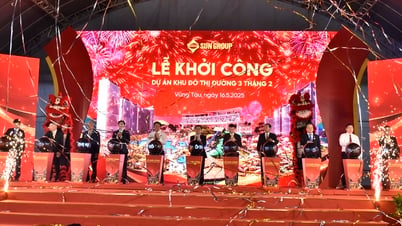














Comment (0)